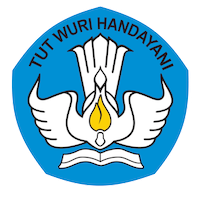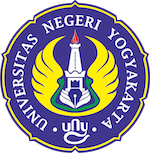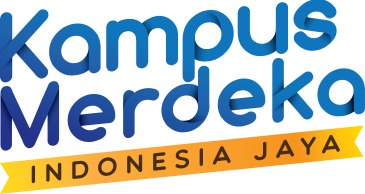Universitas Negeri Yogyakarta (UNY) and Australia’s Western Sydney University (WSU) transformed traditional arts into a universal language of collaboration during their Thinking through (Poly)Crisis international forum. The event, held on Wednesday (May 9), saw students and faculty from both institutions engage in hands-on workshops exploring Indonesia’s cultural heritage as a lens to address global challenges.
Six WSU students and two professors immersed themselves in two flagship activities: a Javanese gamelan percussion ensemble workshop at UNY’s Faculty of Languages, Arts, and Culture (FBSB), followed by a batik and jumputan (tie-dye) session at the Faculty of Engineering (FT).
At the Faculty of Languages, Arts, and Culture (FBSB), mentors immersed participants in the resonant world of Javanese gamelan, a traditional ensemble featuring instruments like the saron (metallophone), kendang (drum), bonang (gong-chime), and gong. The session intertwined the ensemble’s historical roots and its philosophical role in Javanese communal life, from spiritual rituals to village celebrations. Participants then practiced the traditional piece “Sue Ora Jamu” under step-by-step guidance, mastering basic techniques like mallet coordination and rhythmic interplay. The group’s enthusiasm peaked when a WSU student asked, “Do these instruments soundtrack life’s milestones, like weddings?”—a question highlighting their curiosity about gamelan’s social function in local culture.
After exploring traditional music, the forum shifted to UNY’s Faculty of Engineering (FT) for a deep dive into Indonesia’s textile arts. The batik workshop began with an in-depth lecture on the craft’s symbolic motifs, such as the parang (wave), representing resilience and natural dye techniques using indigo and turmeric, methods now revived for their alignment with global sustainability efforts. During the hands-on session, participants gripped the canting (a copper wax pen), meticulously tracing molten wax onto fabric, a process demanding precision, patience, and steady hands. What initially seemed daunting soon captivated the group, as they gradually embraced the meditative rhythm of this ancient craft.
The workshop then transitioned to jumputan (tie-dye), where participants bound fabric with marbles and rubber bands before dyeing. When the dried textiles were unfurled, they revealed vibrant, kaleidoscopic patterns, each a unique reflection of the creator’s personal experimentation.
For WSU students, the program transcended cross-cultural learning, it offered a contextual understanding of how Indonesian art forms, from gamelan rhythms to batik motifs, encode living narratives of history, identity, and communal values. The forum evolved beyond academic exchange into a transformative intercultural dialogue, bridging perspectives through shared creative exploration.
As an institution championing global collaboration rooted in local wisdom, UNY reaffirmed its commitment to expanding international students’ intellectual horizons through humanistic pedagogy and authentic cultural immersion, proving that tradition, when reimagined, can forge solidarity across continents.








